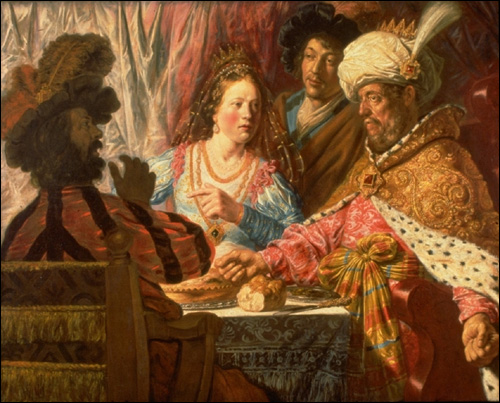Jan Lievens (1607-1674)
Get a Lievens Certificate of Authenticity for your painting (COA) for your Lievens drawing.
For all your Lievens artworks you need a Certificate of Authenticity (COA) in order to sell, to insure or to donate for a tax deduction.
Getting a Lievens Certificate of Authenticity (COA) is easy. Just send us photos and dimensions and tell us what you know about the origin or history of your Lievens painting or drawing.
If you want to sell your Lievens painting or drawing use our selling services. We offer Lievens selling help, selling advice, private treaty sales and full brokerage.
We have been authenticating Lievens and issuing certificates of authenticity since 2002. We are recognized Lievens experts and Lievens certified appraisers. We issue COAs and appraisals for all Lievens artworks.
Our Lievens paintings and drawings authentications are accepted and respected worldwide.
Each COA is backed by in-depth research and analysis authentication reports.
The Lievens certificates of authenticity we issue are based on solid, reliable and fully referenced art investigations, authentication research, analytical work and forensic studies.
We are available to examine your Lievens painting or drawing anywhere in the world.
You will generally receive your certificates of authenticity and authentication report within two weeks. Some complicated cases with difficult to research Lievens paintings or drawings take longer.
Our clients include Lievens collectors, investors, tax authorities, insurance adjusters, appraisers, valuers, auctioneers, Federal agencies and many law firms.
We perform Jan Lievens art authentication, appraisal, certificates of authenticity (COA), analysis, research, scientific tests, full art authentications. We will help you sell your Jan Lievens or we will sell it for you.


Jan Lievens was a 17th century Dutch painter. Lievens painted in the Baroque style and initially studied in Amsterdam under Pieter Lastman. Lievens shared a studio with famous Dutch painter Rembrandt van Rijn in 1626, though he painted on a considerably larger scale than his famous studio partner.

Lievens and Rembrandt eventually became rivals, and though it was typical for great painters of the day to study in England , neither one wanted to. Lievens did eventually move to England after he left Rembrandt in 1631. It is said by art historians that Rembrandt copied Lievens work several times, and even signed his name to works that Lievens painted himself.

While living in England , Lievens painted a number of portraits and was influenced by fellow artist Anthony van Dyck. He returned to the Netherlands and lived in The Hague , Berlin , Antwerp and eventually returned to Amsterdam . He had increasing financial difficulties before his death and as a result, his family received almost nothing of his to absolve his debts.

Still wondering about a 17th century Dutch painting in your family collection? Contact us…it could be by Jan Lievens.
Reviews
1,217 global ratings
5 Star
4 Star
3 Star
2 Star
1 Star
Your evaluation is very important to us. Thank you.
